This is the first in a short series of posts about my personal list of essential storytime components!
Essential Elements of Storytime: Loving Storytime
I believe storytimes are pretty much like any other endeavor, in that we don’t do our best work unless we’re doing something to which we can bring some enthusiasm. Certainly we can be competent at a task without being really excited about it, but I think for a storytime to be outstanding, a storytime provider must want to do it, like to do it, and want to do it better.
Want To Do Storytime & Want to Do It Better
Storytime requires a lot of time and effort and is usually part of a job that demands that a lot of time and effort be given to other tasks and responsibilities as well. If we believe storytime is worth it and our audience deserves the best we can give them, we will be more motivated to clear the time in our weeks and the mental space in our heads for storytime preparations.
We will also be curious about continuing to learn and improve. Continuing our education takes effort, but when we want to learn more or improve our skills, we’re more likely to prioritize those actions that will build on our knowledge and understanding. Spending time talking with other storytime providers, in person or online; ordering a different storytime idea book from another library system; keeping an eye on the new picture book shelf; surfing the web for fresh ideas for rhymes and flannelboards; singing a new song to yourself in your car twenty times to learn it by heart…all of these things are easy NOT to do if you are unmotivated. They’re easy not to do even if you ARE motivated! But when we want to do storytime well, and we make the effort, our storytimes improve, bit by bit.
Without the desire to keep learning, we wind up doing the same stories, the same songs, the same routine, and it’s harder to stay enthusiastic about our presentation. If we’re not enthusiastic, we’re not presenting a great storytime.
Of course, desire alone is not the whole picture.
Like To Do Storytime
We can want to do storytimes for many reasons: because we know it’s an important service for libraries to offer, because our boss asked us to and we want to keep our job, because it’s a nice break from the reference desk, because we like chatting with the parents, because we love kids. Any or all of those things can be true and we may still not like to do storytime very much. Even if we love children’s books, and children, and talking about books with children, it doesn’t mean we must therefore love the storytime experience.
Likewise, we can like doing storytimes and not want to do them. Maybe we’ve been presenting weekly storytimes for a long time and need a break. Maybe we would like to give other people on our staff a chance to develop their storytime skills, but due to logistics we must continue to be the provider. In this situation we can still present a good or even great storytime, but it can be a struggle and take proportionately more effort with a higher risk of burnout.
Liking storytime isn’t always an obvious piece of the puzzle. I think we all know people who have been surprised one way or another about storytime: either someone who didn’t want to do it at first gave it a try, and fell in love and turned out to be phenomenal, or someone assumed because they liked other children’s services programs and services, they would love storytime, too–but found out they really didn’t.
I went into my cataloging class at library school completely assured that I would love it and it would be a breeze, since I am by nature a detail-oriented, highly organized person who enjoys making sense out of systems. Well, guess what? It turns out I am a detail-oriented, highly organized person who does NOT like cataloging OR do it well. It was a very humbling experience. I expected to do well, I wanted to do well, but I did not enjoy the challenge of mastering that particular system. I managed to be competent. I passed the course. But that was just about it!
By contrast, I both LOVE and am good at delivering storytimes, and I want to continue being involved in storytimes as long as I can. I believe that’s one of the things that keeps my storytimes enjoyable and successful. I think these two pieces, wanting to do storytime and liking storytime, are foundational elements of successful storytimes.
Over the next few weeks, I’ll share posts on other elements of storytime and I can’t wait to hear what you have to say. Come back next week to find out what else is on my list!


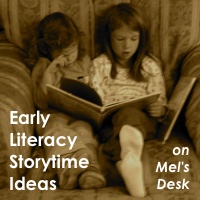

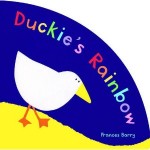

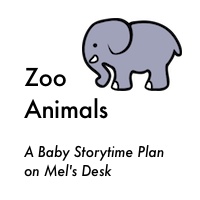
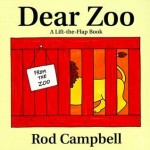
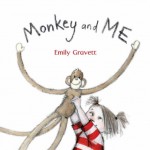
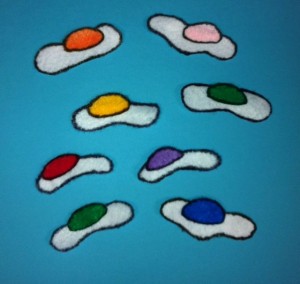
.jpg)
